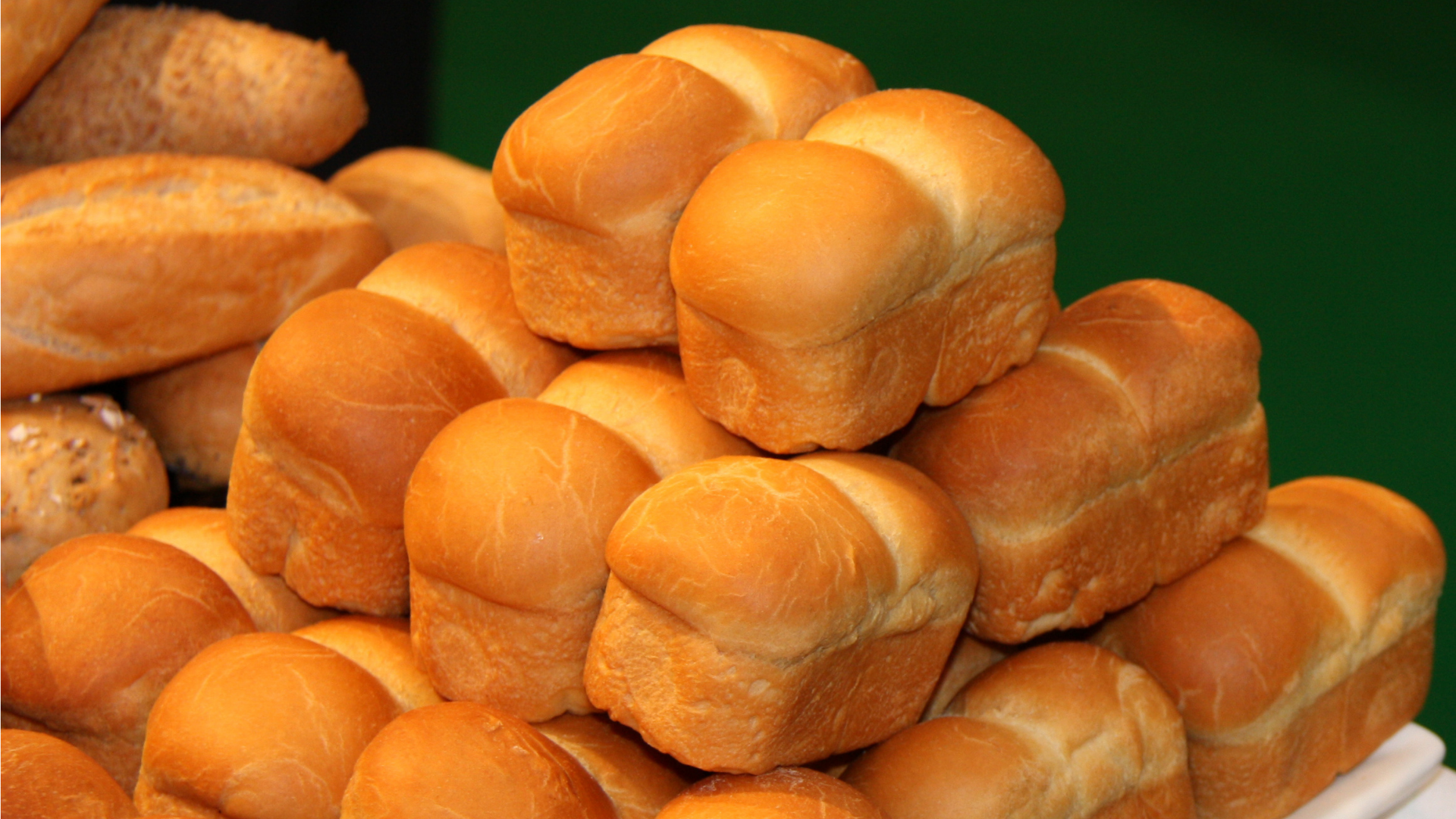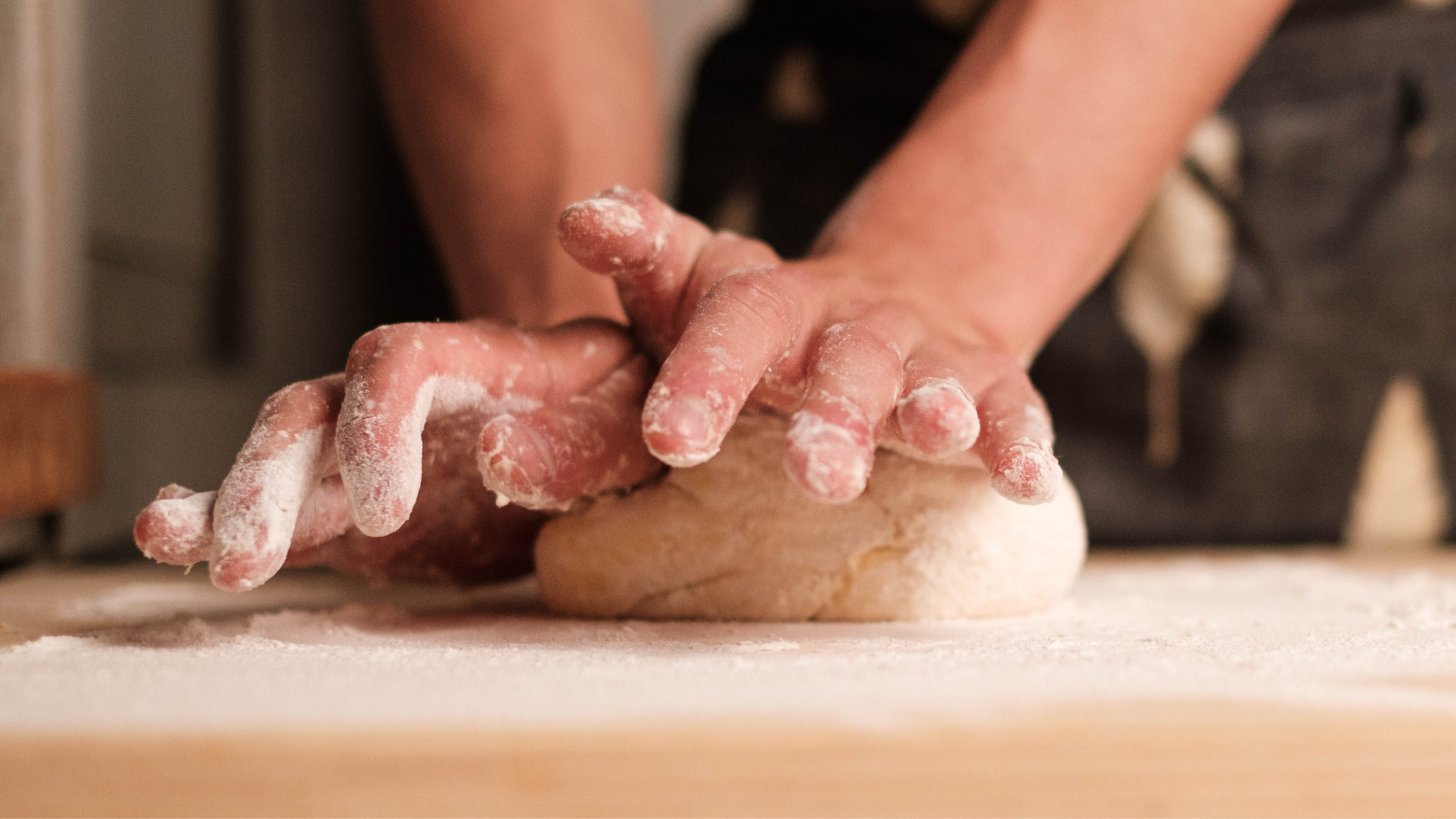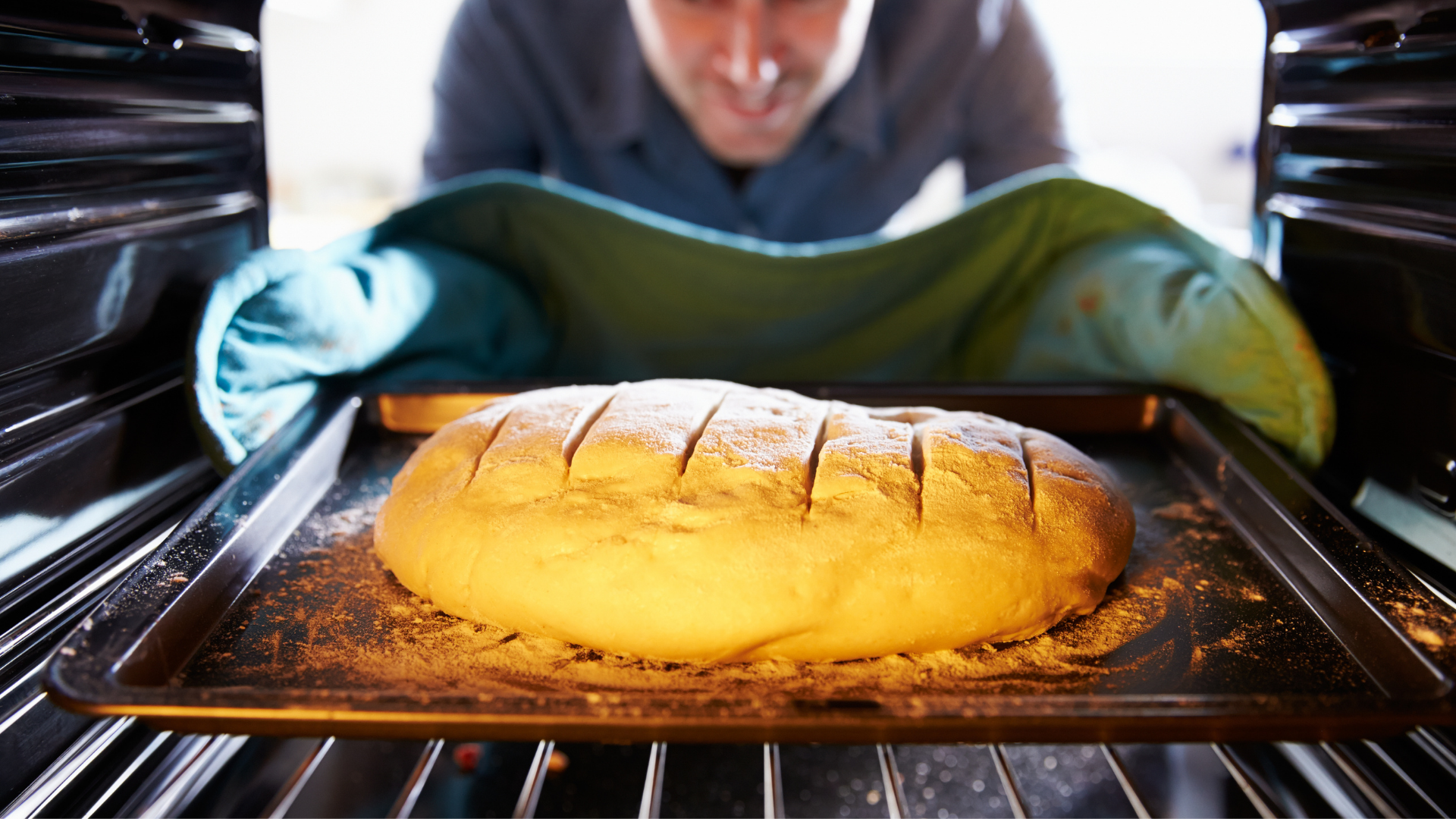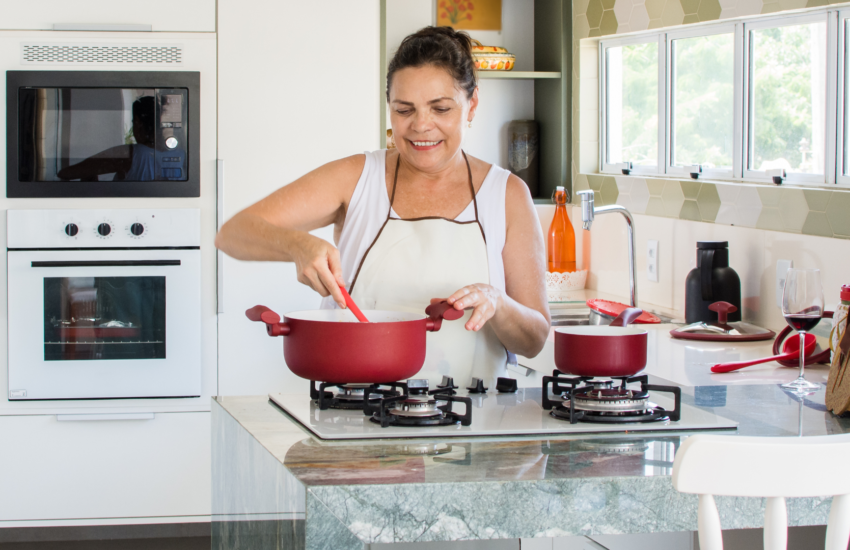What to Do If Bread Isn’t Rising
No one wants to end up with a loaf of bread that doesn’t rise. Unfortunately, this can happen even to the most experienced bakers. But what can you do if your dough hasn’t risen? There are a few things you can do if your bread isn’t rising and today we’re going to talk about them.
Make sure you’re using the right amount of yeast
The type of yeast you use, and the amount you use, can affect the outcome of your bread. Be sure to use the correct type of yeast for the bread recipe you are using, and follow the instructions carefully. Too much or too little yeast can result in a bread that does not rise properly, or that is dense or rubbery.
Is My Yeast Dead?
If your yeast has died, your bread will not rise. To ensure your yeast is alive, test it in some warm water before adding to your dough mix. Simply mix a spoonful of yeast with a pinch of sugar and wait for 10 to 15 minutes.
If the mixture rises and bubbles, the yeast is alive and good to use. Dead yeast will cause no reaction. Yeast can die over time, or if it is exposed to high temperatures this can also kill the yeast.

Check the temperature of your water and dough
The temperature of your water and dough can also affect the outcome of your bread. The ideal temperature for yeast to work is around 100 degrees Fahrenheit, so be sure to use a thermometer to make sure your dough is at the right temperature.
If your dough is too cold, the yeast will not work and the bread will be dense. If your liquid is too hot, the yeast will work too quickly and the bread will rise too much and then fall.
Make sure your dough is properly kneaded
Kneading your dough is an important step in the bread-making process. Kneading helps to develop the gluten in the flour, which gives the bread its structure and helps it to rise. If your dough is not properly kneaded, the bread will be dense or rubbery.
Top kneading tips
- Fold the dough towards you, then push it away from you with the heels of your hands.
- Keep your hands and arms moving in a circular motion to ensure even kneading.
- Don’t be afraid to use a bit of force – the dough should be elastic and smooth when you’re finished.
- Kneading generally takes 8-10 minutes but may take longer if the dough is particularly stiff.

Always proof your dough in a warm place
Proofing your dough is another important step in the bread-making process and will help your dough to rise. Most recipes call for the dough to proof for approximately two hours. Proofing the dough helps it to rise properly and gives it a better texture.
The best place to proof your dough is in a warm place, such as an oven that has been turned off or a warming drawer. Place your dough in a large bowl and seal with plastic wrap.
How to tell if bread dough is proofed:
- The dough has increased in size.
- The surface of the dough is bubbly.
- There is a subtle sour smell to the dough.
- The dough should not spring back when pressed with two fingers.
Use a baking stone or baking sheet for better results
Baking your bread on a baking stone or baking sheet can help to produce better results. A baking stone helps to distribute the heat evenly, while a baking sheet helps to prevent the bread from sticking. Just remember that larger loaves will take longer to rise than smaller bread varieties.
Bake bread at a higher temperature
Baking your bread at a high temperature can lead to a better, faster rise before the gluten in the dough has a chance to set. The higher temperature will help the bread to rise and will give it a crispy crust.
Always give your bread plenty of time to rise
The most common reasons why bread has not risen in the oven is because of lack of yeast, too much flour, or insufficient rising time. If you are having trouble with your dough staying at its desired height, it is worth making small changes until you get the results you want.




